

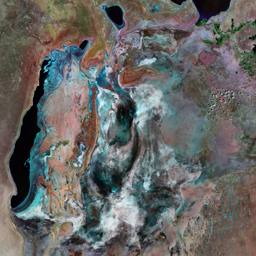

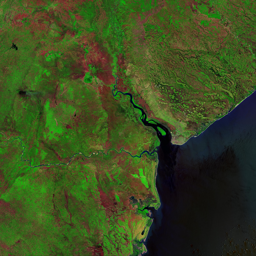


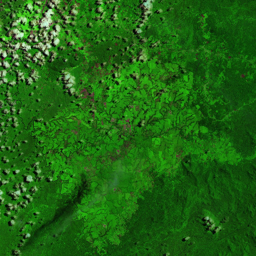

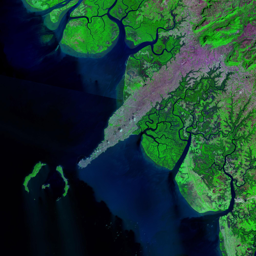
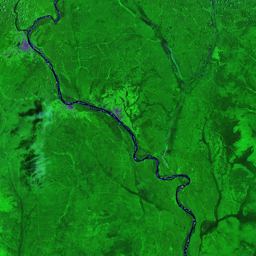
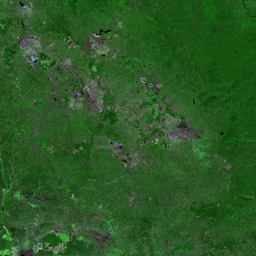
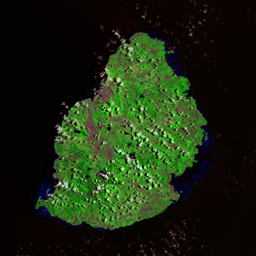
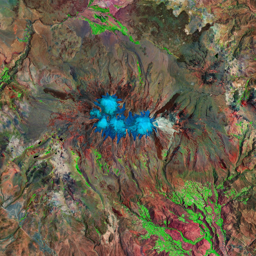


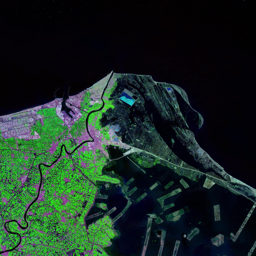
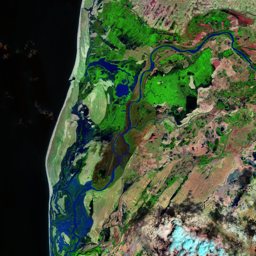


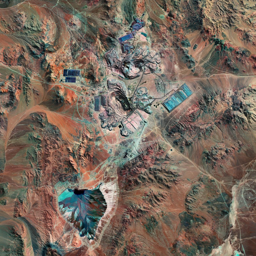
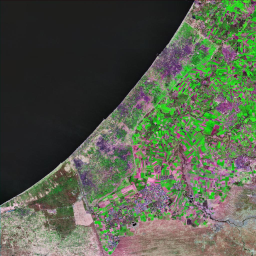



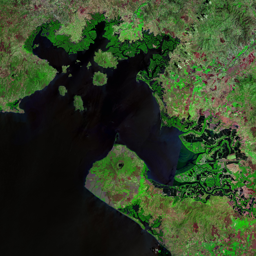

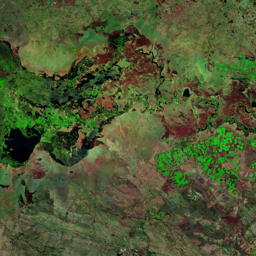
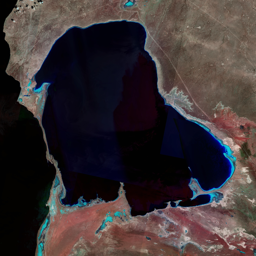
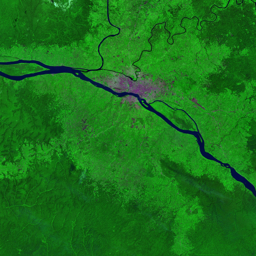


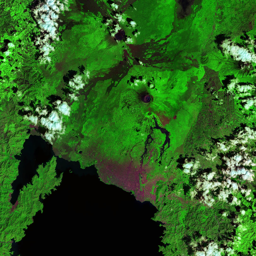

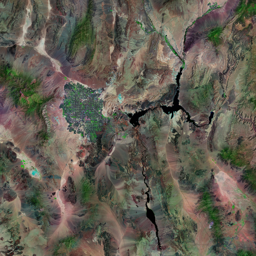
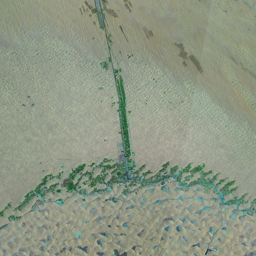
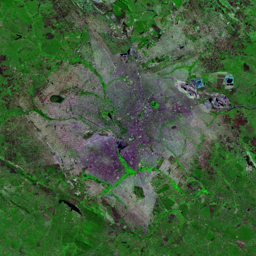
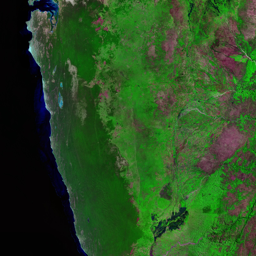


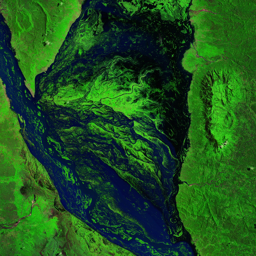







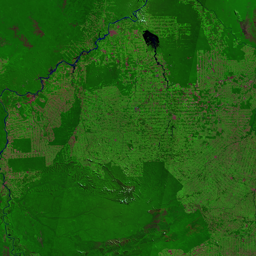
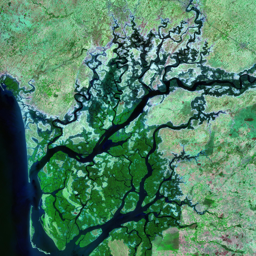
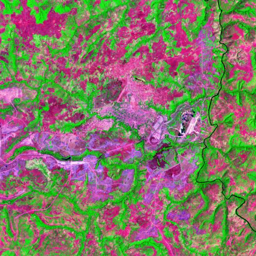
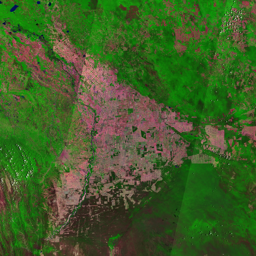
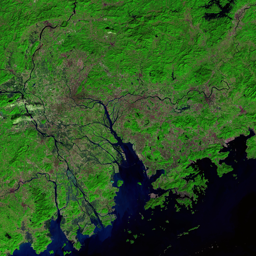

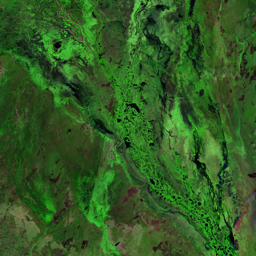



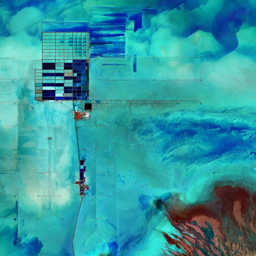
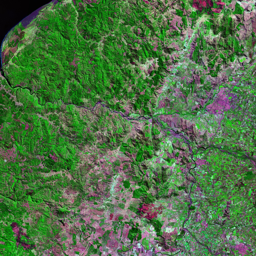

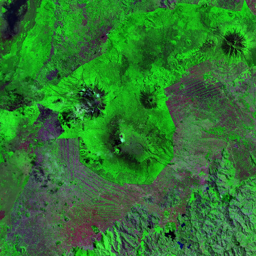
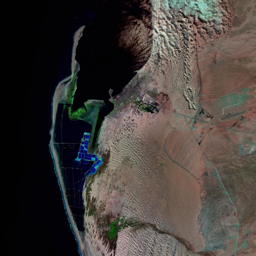

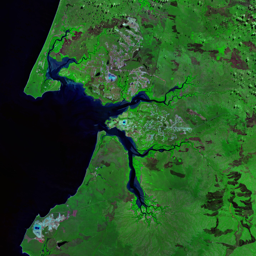
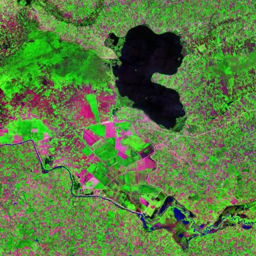
The Al Zaatari refugee camp is located in the north of Jordan, near the Syrian border. It was established in July 2012 to accommodate Syrian refugees fleeing the civil war in their country. The camp was initially designed to host 15,000 people, but it quickly became one of the largest refugee camps in the world, with over 80,000 residents at its peak. The camp has been recognized as not being sustainable and causing pollution to the surrounding area as well as harming its inhabitants in terms of the quality of its water supply, wastewater treatment, and solid waste management system. The camp's rapid expansion has had a significant impact on the environment. The camp's water supply comes from underground wells, which have been overused and are now running dry. This has led to a drop in the water table and an increase in salinity levels, making the water unfit for human consumption. The wastewater treatment system is also inadequate, leading to untreated sewage being discharged into nearby streams and rivers. The solid waste management system is also underdeveloped, leading to large amounts of garbage being dumped in and around the camp. The environmental impact of the Al Zaatari refugee camp is not limited to Jordan. The camp's location near the Syrian border has led to deforestation and soil erosion in Syria due to refugees gathering wood for fuel. However, efforts have been made to mitigate the negative impacts of the camp on the environment. In 2017, the United Nations Development Programme (UNDP) launched an initiative called "Greening the Zaatari" aimed at promoting sustainability and environmental conservation within the camp. The program focused on activities such as tree planting, waste reduction, and energy efficiency. Moreover, the Jordanian government has also taken steps to address the environmental concerns associated with the camp. In 2018, the Ministry of Environment announced plans to establish a new solar park near the camp, which now provides clean energy and reduce greenhouse gas emissions.
Use shift + scroll to zoom the map
Use shift + scroll to zoom the map